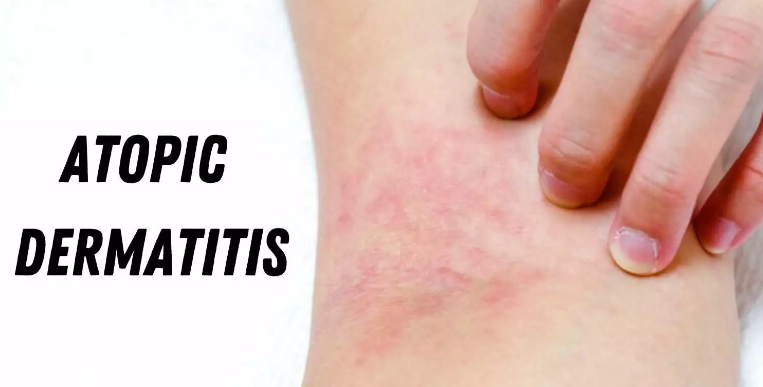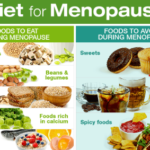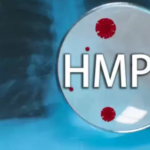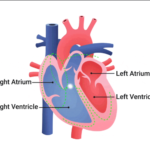Learn about the symptoms, causes, and treatment options for eczema, a common skin condition.
The most prevalent type of eczema, atopic dermatitis, is a common skin condition that causes itching and redness in the skin. It can happen by itself, but it can also indicate the presence of another issue, like an allergic reaction.
According to the National Eczema Association, “more than 18 million American adults have atopic dermatitis, which often appears as a red, itchy rash normally on the cheeks, arms, and legs.” Atopic dermatitis is thought to affect 10% of the world’s population at some point in their lives.
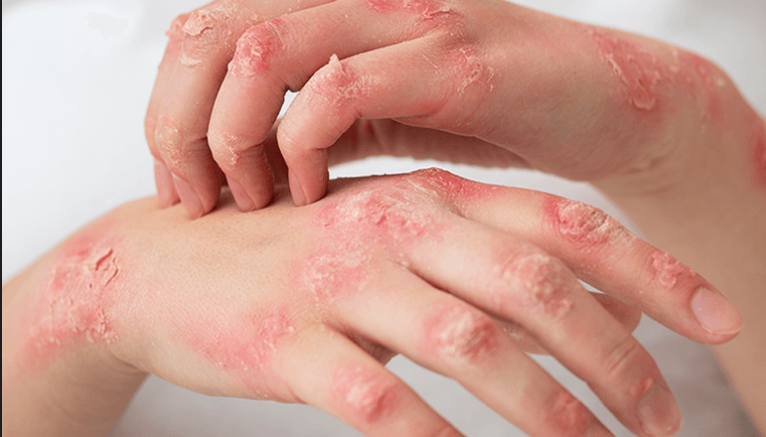
Types of eczema
According to Dr. Kanwaljit K. Brar, an assistant professor of pediatric allergy at National Jewish Health in Denver, “atopic dermatitis is an inflammatory skin condition that causes dry, itchy skin.” She points out that atopic dermatitis is one of the various forms of eczema. “Most of the time, when someone is talking about eczema, they’re talking about atopic dermatitis.”
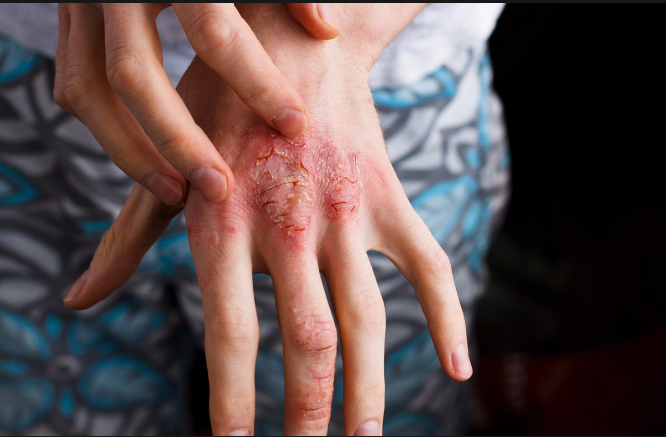
There are various types of diseases that fall under the umbrella of eczema, including:
- Atopic dermatitis is the most common form.
- Contact dermatitis, which is a skin-based allergic reaction to something that’s made contact with the skin.
- Dyshidrotic eczema, which causes small blisters.
- Discoid eczema, which causes disc-shaped patches.
- Seborrheic dermatitis, which occurs on the scalp.
- Varicose eczema, which occurs in the lower legs of older adults with varicose veins.
- Asteatotic eczema, which affects people age 60 and older and is related to dry skin associated with aging.
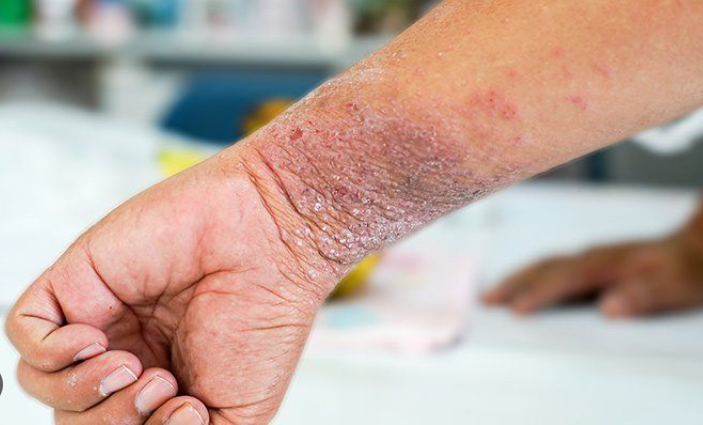
Symptoms
Signs and symptoms of atopic dermatitis include:
- Dry, itchy skin. Itching may become more pronounced at night.
- Red or brownish-gray patches on the skin. These patches tend to collect on the hands and wrists, feet and ankles, chest and neck, eyelids, and inside folds of skin, such as inside the bend of the elbow or knees. In infants and young children, the face and scalp are often involved.
- Small raised bumps. These bumps may leak a clear-ish fluid and crust over if they’ve been scratched.
- Thick, cracked, or scaly skin. Over time, eczema patches can build up and become thicker or more scaly.
- Swollen or raw and broken skin. These symptoms typically arise when you’ve scratched the area.
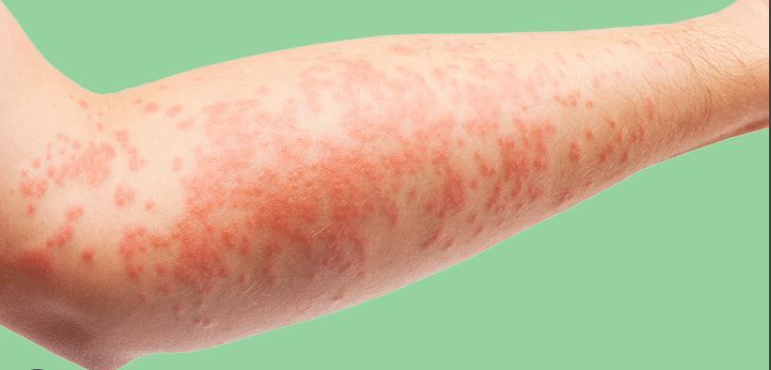
Causes
While the precise etiology of atopic dermatitis remains unknown, some environmental and/or genetic factors are thought to set off an immune system overreaction that results in inflammation. Atopic dermatitis is the term for the red, itchy patches that result from this. Uncertainty surrounds the precise cause of atopic dermatitis in some individuals and not in others. Triggers from the environment are probably to blame for some people.
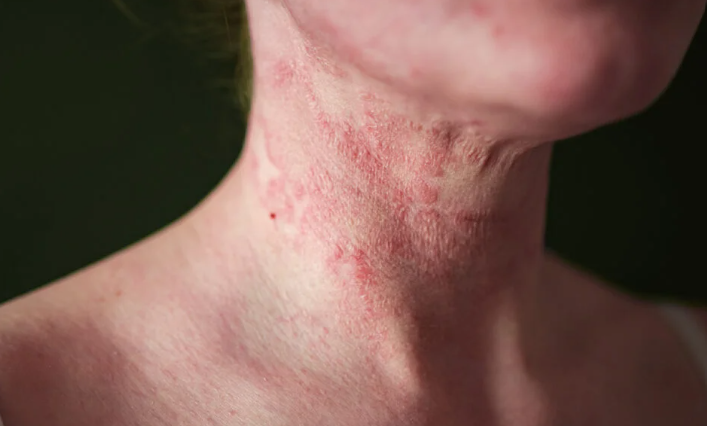
In others, the reaction might be triggered by an innate bodily characteristic or by something in their genetic composition. According to the NEA, “hay fever (allergic rhinitis) and asthma are two additional allergic conditions that coexist with atopic dermatitis.” An increased risk of developing atopic dermatitis exists in those with a family history of hay fever, asthma, or both. Asthma, allergies, and eczema are sometimes referred to as the “atopic triad” because of how frequently they coexist, according to Brar. According to the NEA, children who have parents who have hay fever, asthma, or atopic dermatitis have a 50% chance of also having one or more of these illnesses.
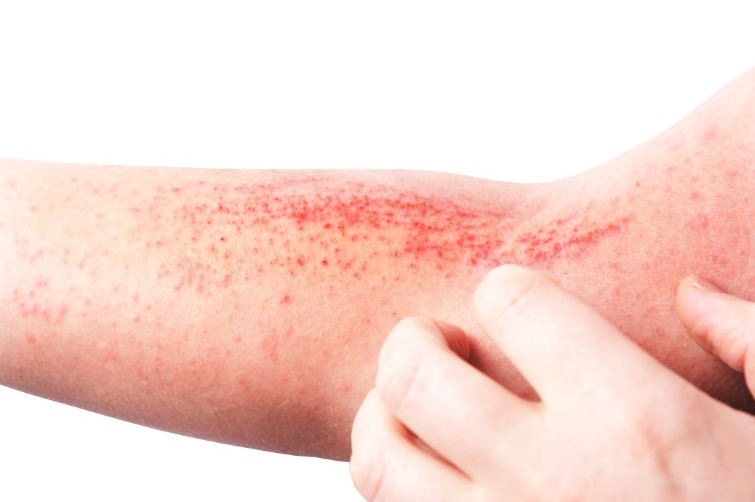
Treatments
Brar continues, “I wish people knew that atopic dermatitis and other forms of eczema cannot be relieved by simply switching moisturizers.” “For moderate to severe eczema, they need anti-inflammatories or other treatments.”
People who suffer from atopic dermatitis and other types of eczema have access to a variety of medical options these days, including:
- Topical corticosteroid creams or ointments. These creams contain powerful anti-inflammatory agents that help reduce redness and inflammation in the skin.
- Topical immunomodulators. These new topical medications, also sometimes called topical calcineurin inhibitors (or TCIs), can help calm cases of atopic dermatitis that have been less responsive to conventional treatments.
- Immunosuppressant drugs. These medications are reserved for the most severe cases of atopic dermatitis. These medications inhibit the production of certain immune system components, such as T-cells or cytokines, to help quell the body’s immune response.
- Biologic drugs. Also sometimes called interleukin inhibitors, these powerful medications work to stop the overreaction of the immune system and are used in some severe cases.
- Phototherapy. Controlled exposure to ultraviolet B light can help clear up some skin conditions, such as eczema, reducing itchiness.
- Antihistamines. Because allergies may be involved in some cases of atopic dermatitis, certain antihistamine medications, such as Benadryl, may be useful in helping tamp down your immune system’s response to those allergens.
- Antibiotics and antivirals. Because infection can sometimes cause atopic dermatitis, agents that kill the bacteria or virus that’s causing the issue may be used in certain situations.
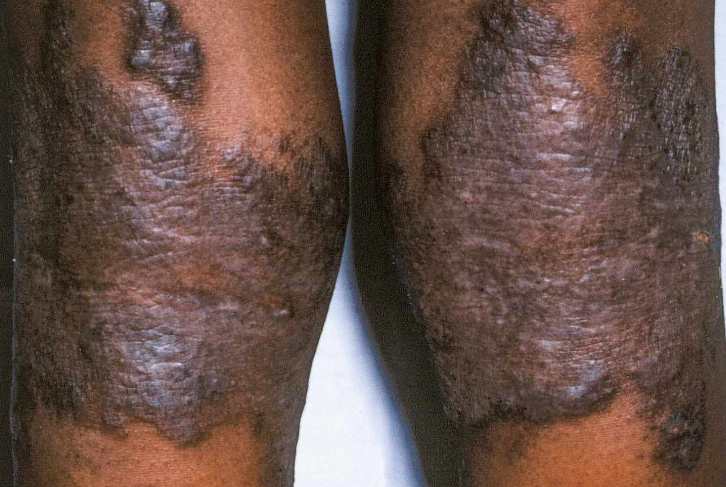
Also read-Tuberculosis : A Patient’s Guide To Tuberculosis And Its Symptoms
images source: Google
Disclaimer: The opinions and suggestions expressed in this article are solely those of the individual analysts. These are not the opinions of HNN. For more, please consult with your doctor







